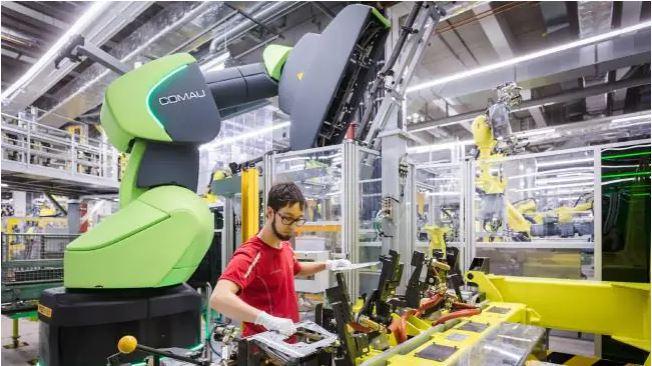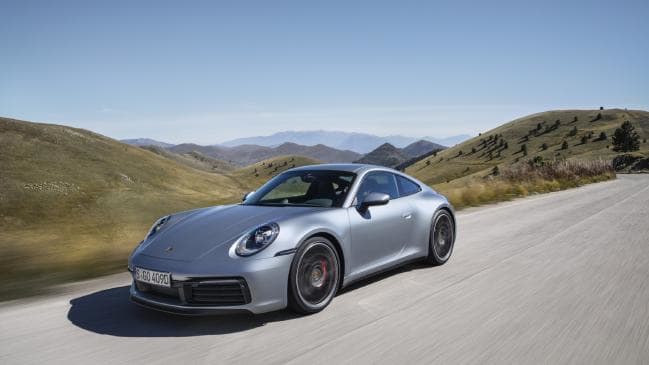Porsche takes the largest collaborative robot in use from Comau. A huge step in the collaboration between people and robots in a production area

Car-making robots are powerful and dangerous machines, so there are always safety barriers separating them from factory workers.
Now Porsche is pioneering a new generation of robot, one that can work side-by-side with humans. It’s a car industry first, according to executive Jens Thomer.
“People and robots will co-operate,” says the director of vehicle project and factory structure planning, to build car bodies in Porsche’s main factory at Zuffenhausen, near Stuttgart
The new robot’s metal muscles wear a sensitive skin. Using capacitive sensing, the skin can feel when a human is nearby or makes contact. The robot slows when it senses it’s close to a worker and stops if they touch.

Capacitive sensing is the technology used on smartphone, tablet and some high-end car infotainment system screens.
While the robot handles heavy lifting, its human workmate can simultaneously take on tasks that demand dexterity, flexibility and intelligence. The first job for the sensitive-skin robot will be helping assemble the rear floor section of the body of Porsche’s new 911 sports car.
“Just one station, for now,” says Thomer, but the technology is especially attractive to Porsche and is sure to become more widely used.
Zuffenhausen, which is preparing to produce Porsche’s new battery-powered super-sedan, the Taycan, alongside the 911, Cayman and Boxster sports cars, is a crowded place. It’s in the middle of town, with limited room to expand.

But Porsche plans to increases both car production and workforce size at Zuffenhausen, where there are already 280 conventional robots installed.
Robots and humans sharing the same workplace is a better way to use the factory’s limited space. It can also cut the time spent at a workstation, a key factor in setting the production rate.
The new technology has earned approval from the TUV, Germany’s strict technical inspection association.
Source: www.news.com.au
